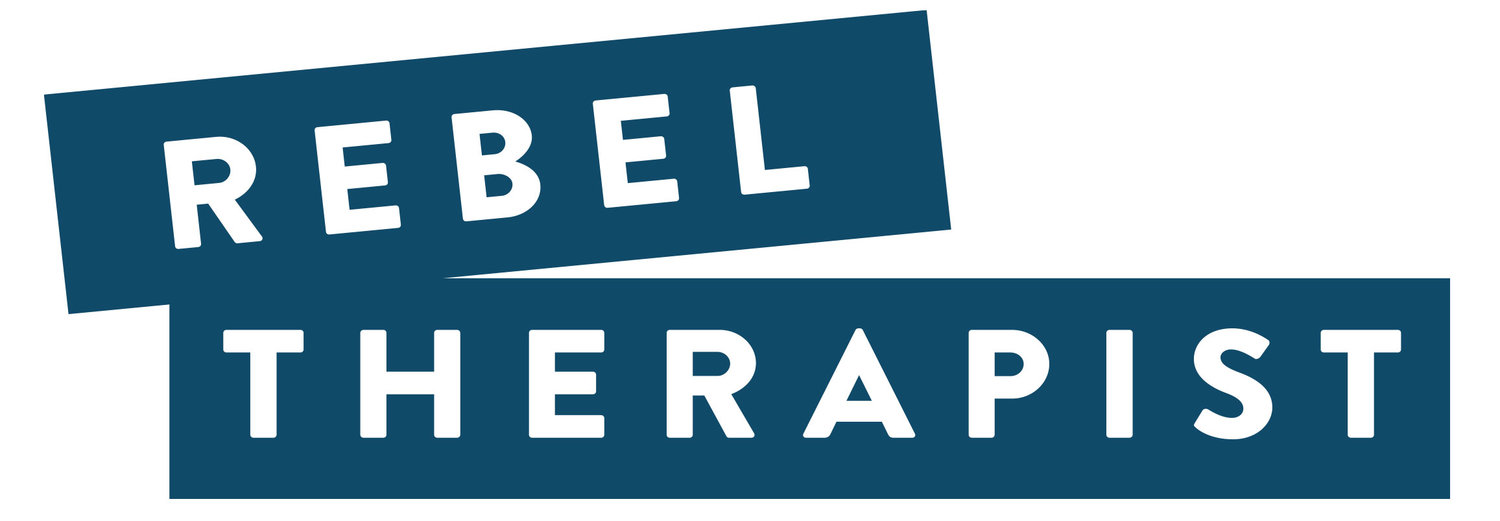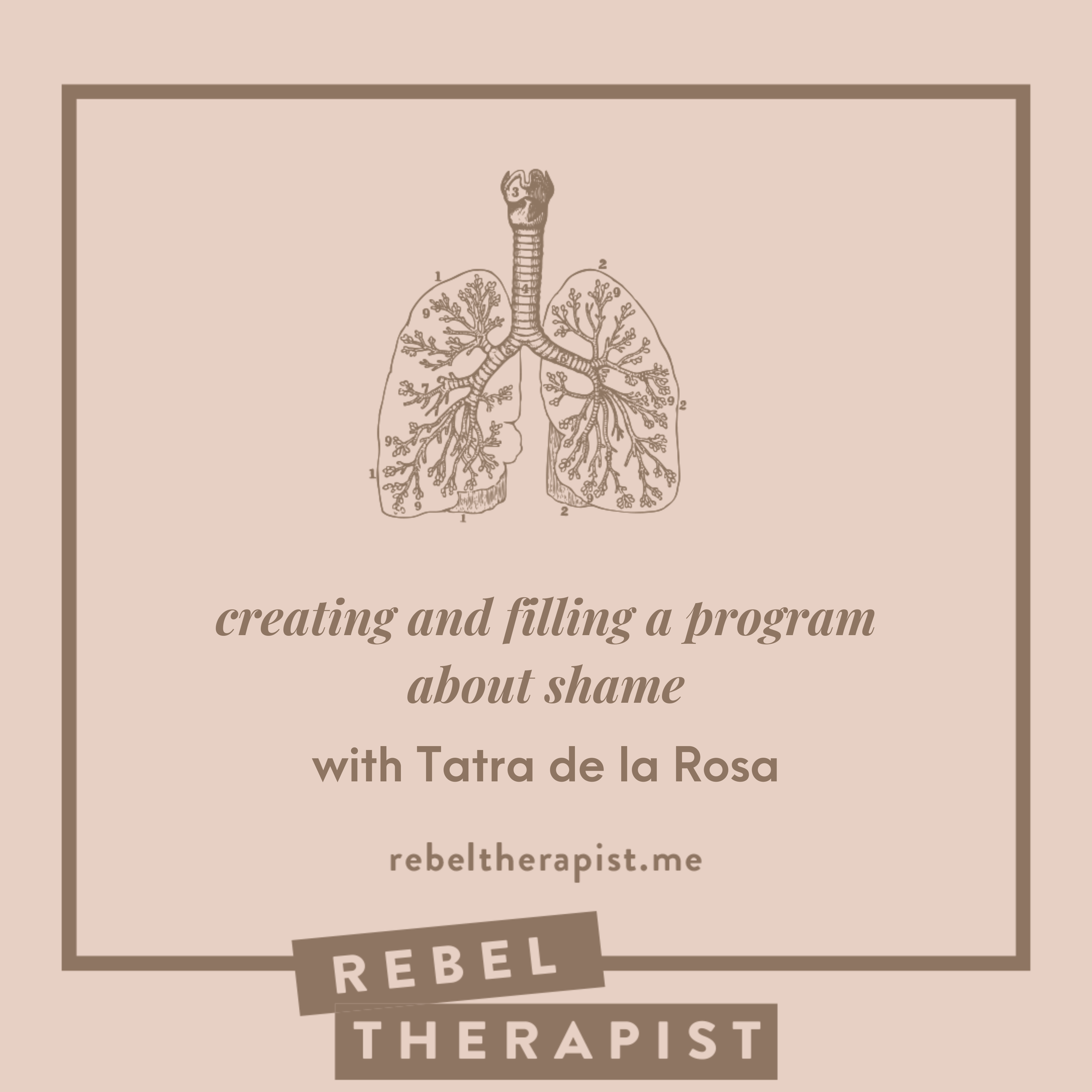In reactive marketing, you’re in scarcity, panic and self doubt. The actions you take from that place won’t be the actions to make your business thrive.
When you’re doing reactive marketing, you don’t do your most creative, interesting or attuned work, so it doesn’t speak to your future participant very well.
It’s not fun or sustainable for you so you’ll be more likely to burn out.
Also, there’s just not much you can do in one day or one moment to see significant results in your business.
For all of these reasons, If you’re spending more than 10% of your marketing time in reactive mode, it’s way too much.





















